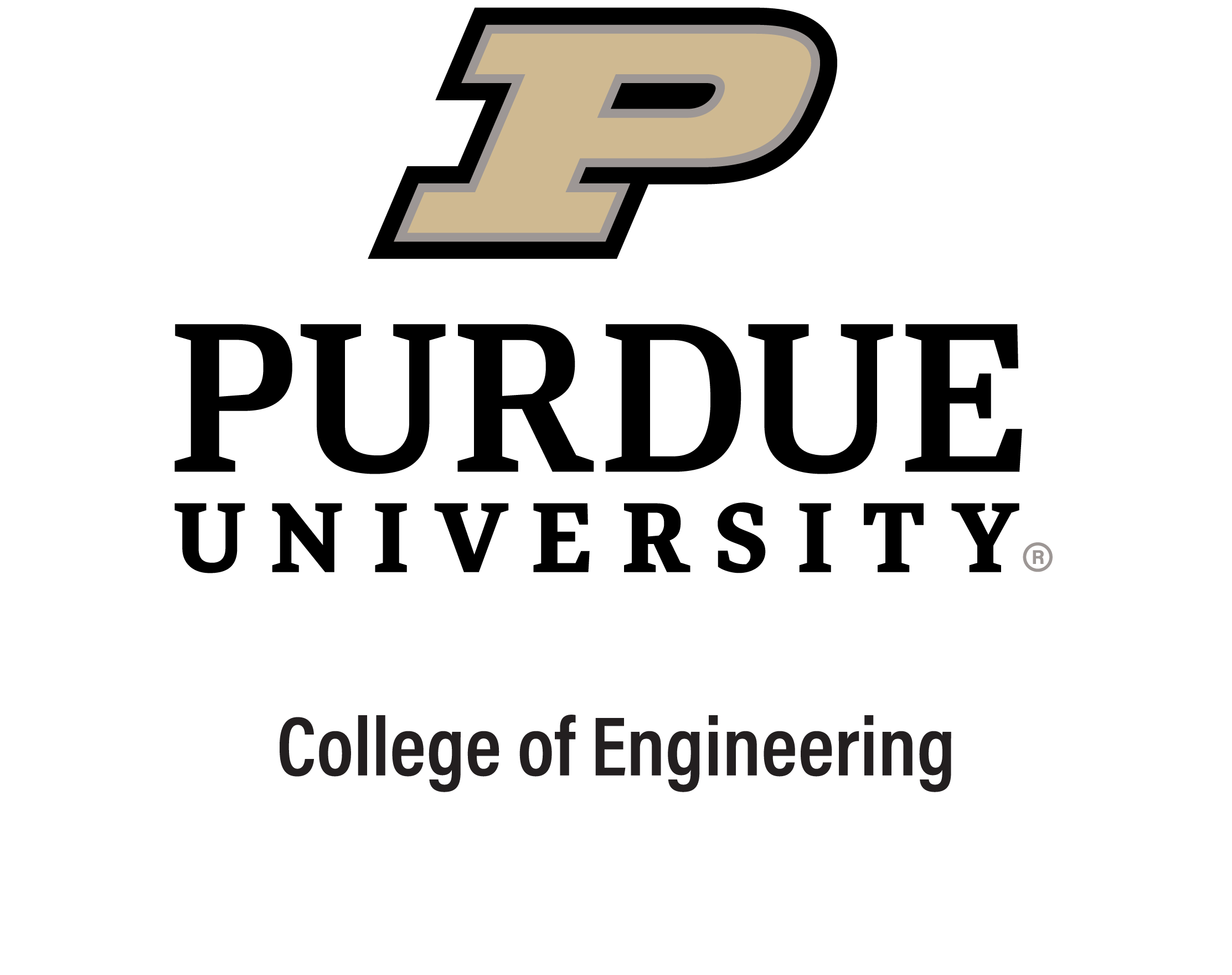From the electronics in the basement to 3D printers to the computers and equipment that enable everything from computer-aided design to metal work, undergraduate students from throughout Purdue University’s West Lafayette campus have access to machines in a space designed specifically for collaboration and innovation.
The $18.5 million Bechtel Innovation Design Center (Bechtel Center), which opened in September 2017, has welcomed more than 1,925 students working on over 1,000 prototyping projects, including almost 6,500 3D printing tasks. Collectively to date, students have spent over 60,000 working hours in the Bechtel Center.
“We have witnessed a tremendous increase in student engagement in design and creation of products and in startup creation over the past three years,” says Gary Bertoline, dean of the Purdue Polytechnic Institute. “The Bechtel Innovation Design Center provides them with a place to explore new ideas and put those ideas into action.”
Window Into Research
From its position at the corner of Third and Russell streets, the Bechtel Center stands out as a glass warehouse among Purdue’s traditional red brick buildings. “We wanted to provide a lot of visibility for the Bechtel Center, hence the extensive use of glass,” says Robert Frosch, senior associate dean of engineering for facilities and operations and professor of civil engineering. “We wanted the outside to flow in and the inside to flow out. Students walking by should see what’s going on inside Bechtel and be drawn into it. Similarly, for students designing and creating inside the facility, they receive inspiration from the outside.”
With manufacturing space modeled on the Artisan Fabrication Factory, located in the basement of Purdue’s Neil Armstrong Hall, the Bechtel Center recruited seasoned student designers. In turn, some 40 undergraduate student teaching assistants, as well as a handful of graduate students, have taught other students how to use the equipment.
Matthew Swabey, director of Bechtel Center, says initially the facility was mostly used by students from mechanical engineering and aeronautics and astronautics engineering, to the tune of 28 and 23 percent, respectively. Students from the Purdue Polytechnic Institute accounted for about 10 percent, while nine percent came from electrical and computer engineering, six percent from civil engineering, four percent from the College of Science, and four percent from other programs.
Research Workouts
Regardless of their course of study, students working on projects in the Bechtel Center are embarking on real-world design training. David McMillan, assistant director, likens it to working out. “It’s like a gym for people who want to make things,” he says. “We have trainers and equipment. Students arrive with goals and motivations.”
A community coordinator helps match teams with the proper student mentor. “They iterate the design, and go out and manufacture it,” McMillan says. “We provide assistance, but students do the work.” He says an overarching concept for the building’s design was to capture the word “Innovation.’”
As undergraduates get used to working on technical teams, they make themselves immensely better prepared for the working world. That’s music to the ears of Stephen D. Bechtel Jr., the forward-thinking champion who sponsored Bechtel Center through a leadership gift. Chairman emeritus of the Bechtel Group, Bechtel (BSCE ’72) predicted at the time of dedication: “This will be an inspiring facility for today’s students and tomorrow’s leaders. As a dedicated space for student innovators, it will help place Purdue at the forefront of engineering and technology education and equip students for success in the dynamic, project-oriented environment of the professional world.”



